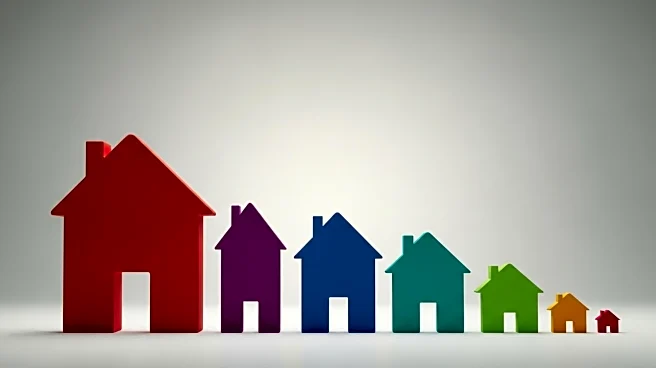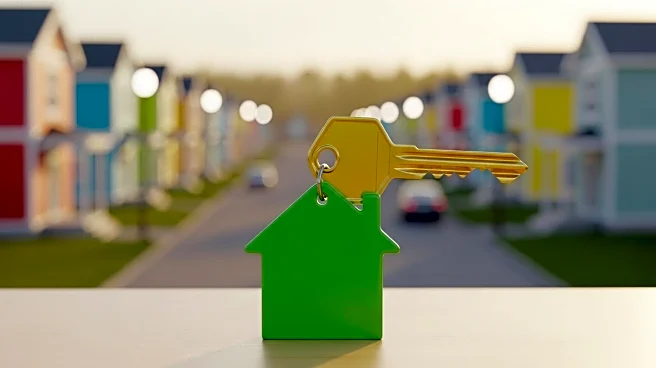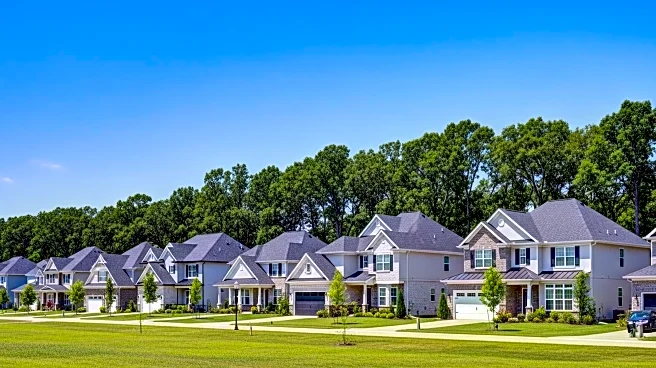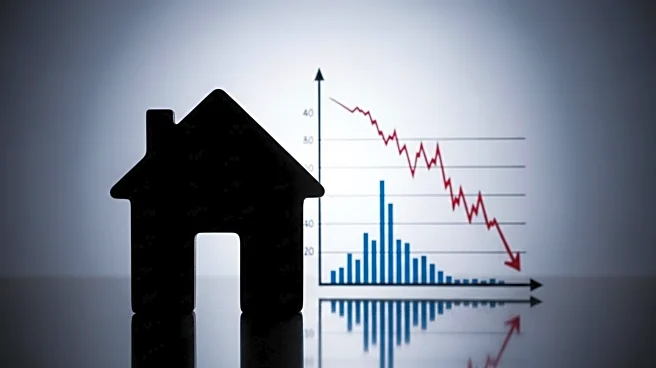What's Happening?
Older Americans, particularly those aged 55 and above, are becoming a significant segment of the U.S. rental market. This demographic shift is driven by various factors, including the rising cost of homeownership and the desire for more flexible living
arrangements. According to Matt Hutchinson, director of SpareRoom, older renters are the fastest-growing group in the roommate market, although they are not the largest group. The U.S. Census Bureau reports a 30% increase in renters aged 65 and over between 2013 and 2023, with about 8 million senior households now living in rental units. Many older Americans are opting to rent single-family homes or share apartments with roommates, often due to changes in personal circumstances such as the end of long-term relationships. This trend is influenced by the aging population and economic factors, including the high cost of buying and maintaining a home.
Why It's Important?
The increasing number of older renters is reshaping the U.S. rental and housing market. As more seniors choose to rent, there is a growing demand for age-friendly and accessible housing, such as homes with single-level layouts and proximity to healthcare and public transportation. This shift could lead developers to focus more on building communities designed for aging in place. Additionally, the trend highlights the financial challenges faced by older Americans, many of whom are on fixed incomes and struggle with the affordability of housing. The growing presence of older renters may also influence the types of housing available, potentially increasing the demand for affordable options that balance accessibility with affordability.
What's Next?
Experts predict that the share of renters aged 65 and above will continue to rise, potentially reaching 27% by 2040. This demographic shift is expected to drive changes in housing development, with a focus on creating more accessible and senior-oriented communities. As the number of older renters grows, there may be increased pressure on policymakers and developers to address the need for affordable housing solutions that cater to this demographic. The trend also suggests potential long-term impacts on retirement planning and financial stability for older Americans, as high rental costs may affect their ability to save and retire comfortably.
Beyond the Headlines
The shift towards renting among older Americans raises broader questions about the sustainability of current housing policies and the need for innovative solutions to address the affordability crisis. It also highlights the importance of designing communities that support aging in place, which could have significant implications for urban planning and social services. As the population ages, there may be increased demand for healthcare and transportation services tailored to the needs of older residents, potentially influencing public policy and infrastructure development.













